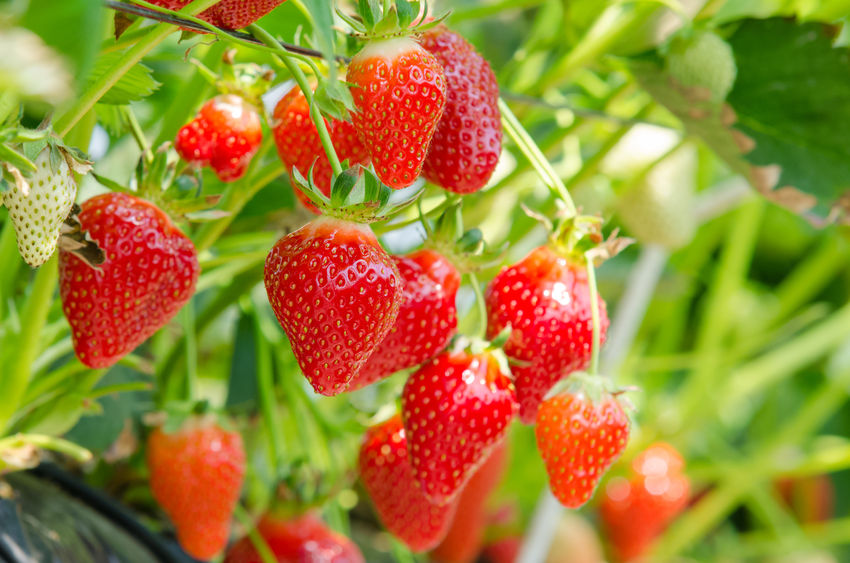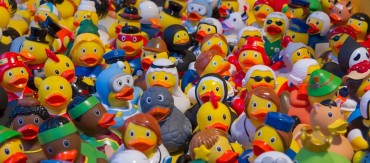
South Korean strawberries now account for over 93 percent of the nation’s strawberry market, according to data released by the Rural Development Administration (RDA) on Wednesday. (Image: Kobiz Media)
SEOUL, Mar. 8 (Korea Bizwire) — South Korean strawberries have sparked a debate after garnering praise from Japanese curlers over their tastiness.
Once overshadowed by varieties from Japan, Korean strawberries now dominate both the South Korean and Asian fruit markets, bringing in millions of dollars in exports.
South Korean strawberries now account for over 93 percent of the nation’s strawberry market, according to data released by the Rural Development Administration (RDA) on Wednesday.
The figure has jumped significantly from 9.2 percent in 2005.
During the PyeongChang Olympics, the Japanese women’s curling team was seen eating strawberries during a break in action, with team member Yumi Suzuki praising the taste of South Korean strawberries during a press conference.
The innocuous comment seemed to have ruffled a few feathers, however, sparking a row over the similarities between South Korean and Japanese strawberries.
According to local media, Ken Saito, the Japanese Minister of Agriculture, Forestry and Fisheries, said it would have been nicer if the Japanese curlers had eaten Japanese strawberries instead of Korean ones during the break.
Saito also said the Korean strawberries that Japanese curling players ate in Pyeongchang originate from Japan, as he claimed they are a product of crossbreeding with Japanese varieties.
Strawberries first arrived in Korea in 1917, according to records, and efforts to develop domestic varieties began in the 1970s.
Japanese strawberries dominated the South Korean market until 2005, when the RDA intensified research to create its own varieties, and stop bleeding between 3 and 6 billion won in royalties every year.

During the PyeongChang Olympics, the Japanese women’s curling team was seen eating strawberries during a break in action, with team member Yumi Suzuki praising the taste of South Korean strawberries during a press conference. (Image: Yonhap)
On the back of the growing popularity of ‘Seoulhyang’ and ‘Maehyang’, nearly $43 million worth of South Korean strawberry varieties were exported last year to Asian countries including Singapore, Hong Kong, Malaysia and Thailand, denting Japan’s strawberry exports by nearly 41 billion won each year, according to data from the Japanese Ministry of Agriculture, Forestry and Fisheries.
The RDA has since brushed off the criticism.
“New varieties are developed through crossbreeding and stabilizing selection. Japan also brought strawberry breeds from Europe in the 19th century to develop its own products,” an official at the RDA said.
Hyunsu Yim (hyunsu@koreabizwire.com)







I want to say thank you for providing this great information